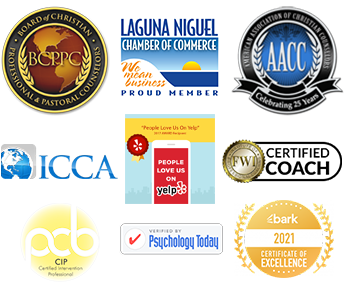
By Randy Moraitis, MA, BCPC, CPC
Do you ever feel stressed out? Has anyone ever told you to “chill out”? If so, then it’s time you considered meditation as part of your daily routine.
Numerous highly regarded studies have shown that just 10 minutes of daily meditation can reduce anxiety, lower blood pressure, fight autoimmune diseases, and improve your attitude towards, and quality of, life.
Dr. Herbert Benson, Professor of Medicine at Harvard Medical School, says, “You should be meditating every day.” That is quite a call to action from one of our nation’s leading physicians!
This is because our every day stressors from work, family, and society evoke a fight-or-flight response which increases our heart rate, breathing and blood pressure. But because we are not actually always running and fighting our body doesn’t use the hormones produced from the stress.
Dr. Benson states that these unused hormones put us at risk for a variety of diseases and conditions including anxiety, depression, insomnia, infertility, heart attacks, strokes, and more.
Dr. Benson claims that we can negate the fight-or-flight response by developing our “relaxation response”, which he claims can be done through repetitive prayer, Yoga, and of course meditation.
Meditation is great for you mental health, your spiritual health, even your physical health–but did you know that meditation can also be great for your financial health? According to a study published in the American Journal of Hypertension patients who regularly practiced meditation had a 28% decrease in physician fees.
It’s your health and your wallet, but the facts are clear–spending 10 minutes a day meditating may be the best investment you ever make!
Don’t know how to meditate? No worries! In my next blog post I will teach the basics and get you started. It’s easier than you think. In the meantime, click here for a relaxation technique that will definitely help you chill out.
I would love to hear your thoughts on this subject. Has meditation helped you?
Email: randy@randymoraitis.com
Websites: www.thecrossing.com, www.randymoraitis.com, www.carepossible.com









